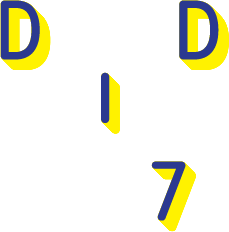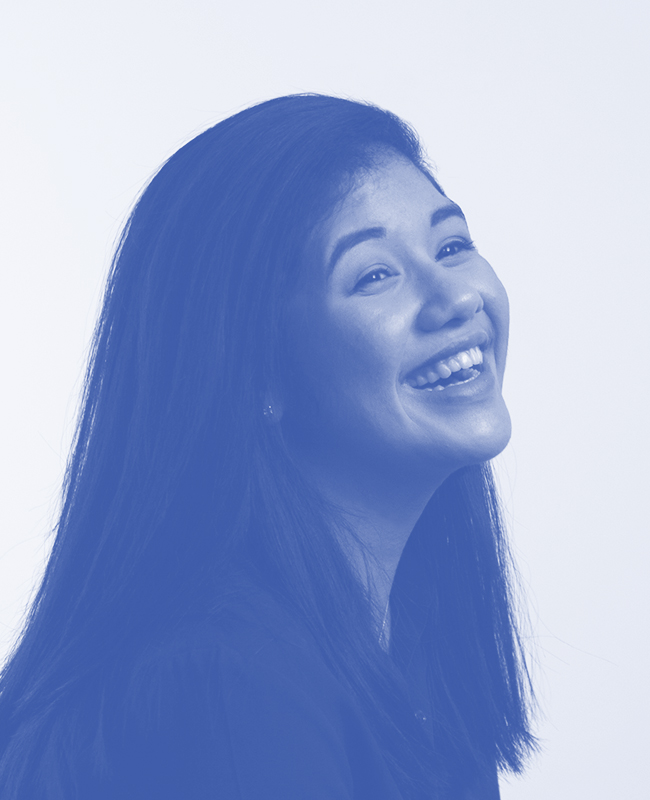

Iliana Ishak
ilianaishak@gmail.com
issuu.com/ilianai.
People, Knowledge and Fun. These are the things that make up Iliana, her designs and her dreams for the future, and she isn’t afraid to push for them in new aspects of design. She’s excited to chase the frontiers of human-centred design, design research and design for cities, and would love to talk more over a plate of beef hor fun.
Current smoking areas enclose smokers with walls or demarcations, requiring large spaces. As a transitionary fixture towards smoke-free cities, SmokePost suits compact city spaces (e.g. bus stops, neighbourhood sidewalks, building entrances etc.) by dislocating smoke upwards along controlled curvatures, aided by a fan. Affixed to the lamppost, sensors allow usage of pre-existing mapping, usage-frequency relocation and efficient maintenance.
Note: All logo marks are purely coincidental and is used simply for concept presentation.
In SPACE10’s “Do you speak human?” workshop, we explored how IKEA can use conversational interfaces and artificial intelligence to foster meaningful in-store interactions. The iconic IKEA pencil converses via ear bone conduction, becoming the user’s in-store companion. For rushed shoppers, ERIKA navigates and prescribes products needed fast. For browsers, conversations with ERIKA and product families add a museum-like dimension. For groups, ERIKAs are synced, combining dialogues and turning IKEA into a playground. Unlike most efficiency-centric AIs, ERIKA uses familiarity and technology to create enhanced experiences for the many people.
Designed with Ku Ga Eun, Low Joo Tat, Letitia Lim
In collaboration with SPACE10, IKEA, NUS Enterprise
How can we increase the survival rate of implanted devices? Tasked to redesign the decade old typology of the peritoneal dialysis catheter: an implanted fluid exchange tube for kidney failure patients, to reduce catheter complications and hence need for surgery. Via in-depth research and translation, a simple, inexpensive and non-mechanical design reduces displacement (broad spine provides greater weight and tension against sideward bending) and tissue wrapping (breadth forms barrier to holes), whilst accounting for human internal system sensitivity.
Designed with Johanan Lau
In collaboration with National University Hospital